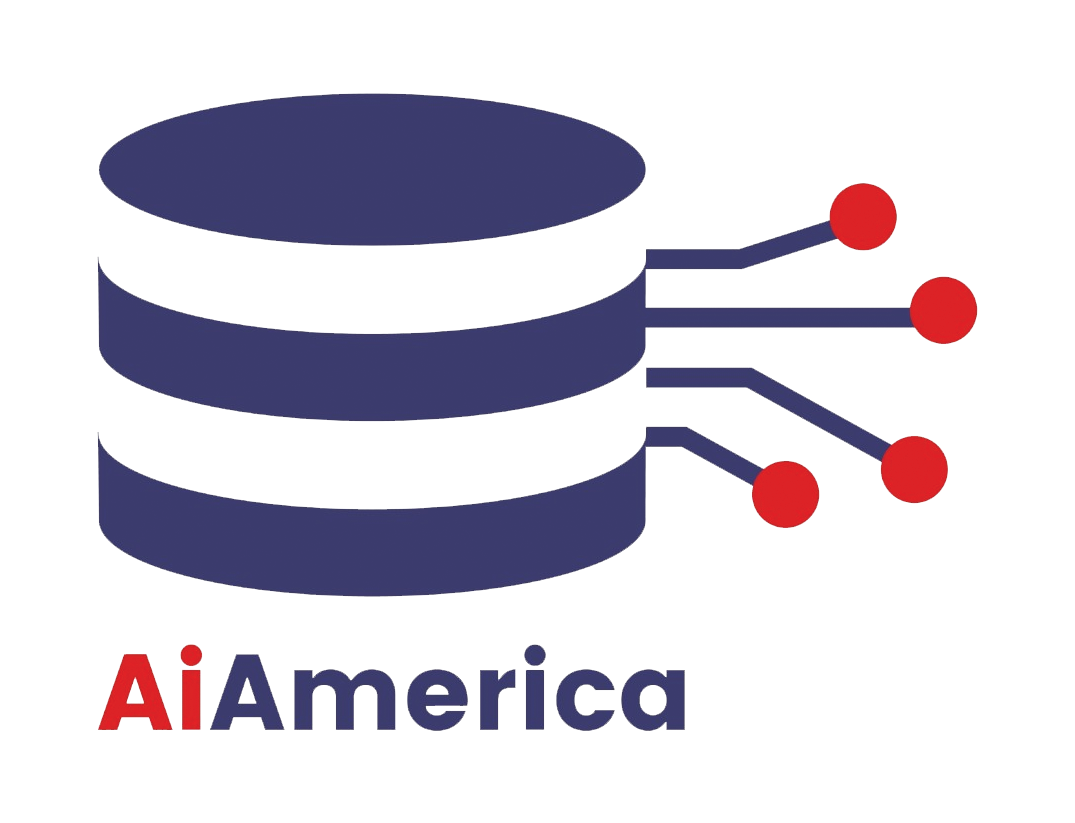
Agentic AI holds tremendous promise to revolutionize the way businesses run, automating complex tasks with autonomy and adaptability. Yet, as with any emerging technology, its widespread adoption is tempered by significant challenges and limitations that organizations must understand and address. This article provides an in-depth look at the major hurdles confronting agentic AI in 2025, offering insights into how these can be managed and mitigated.
1. Data Dependency and Bias Risks
Agentic AI efficacy depends heavily on the quality and diversity of training and operational data. Deficiencies in data—whether due to bias, incompleteness, or obsolescence—can cause the agents to perform poorly or perpetuate unfair or harmful outcomes. Since agentic AI systems make autonomous decisions, such biases jeopardize ethical standards and can harm organizational reputation.
Mitigation
- Rigorous data governance and auditing of training datasets
- Use of fairness-aware machine learning techniques
- Ongoing monitoring of model output for bias and retraining when necessary
2. Transparency and Explainability Challenges
Many agentic AI systems, especially those relying on large language models (LLMs), function as “black boxes” with decisions that are difficult to interpret or explain. This opacity hinders trust, complicates compliance with regulated industries like healthcare or finance, and obstructs troubleshooting.
Mitigation
- Developing explainable AI (XAI) techniques
- Implementing transparent model architectures
- Creating comprehensive audit trails on agent decisions
3. Ethical and Regulatory Uncertainty
Agentic AI raises ethical questions about agency, accountability, and alignment with human values. Autonomous decisions impacting customers or operations must comply with emerging regulations such as the EU AI Act, with clear responsibility for outcomes still evolving.
Mitigation
- Embedding ethical guidelines and “guardrails” in agentic systems
- Establishing accountability frameworks and human-in-the-loop policies
- Staying abreast of regulatory developments and adapting solutions accordingly
4. Integration Complexity with Legacy Systems
Many enterprises face significant obstacles integrating agentic AI with existing legacy infrastructures. Diverse data formats, outdated APIs, and siloed systems require substantial engineering efforts to enable seamless data flow and action execution.
Mitigation
- Employing modular, API-first architecture designs
- Utilizing middleware and data interchange standards to bridge legacy gaps
- Incremental integration and testing to minimize disruptions
5. Security and Privacy Vulnerabilities
With increased autonomy comes heightened risk exposure. Agentic AI systems often have broad access across enterprise systems and sensitive data, becoming lucrative targets for cyberattacks. Securing their operations against misuse, unauthorized access, and data leaks is paramount.
Mitigation
- Implementing strict access controls, encryption, and monitoring
- Coordinating identity and access management (IAM) for AI agents
- Continuous security assessments and incident response planning
6. Scalability and Resource Management
Agentic AI demands substantial computational resources, especially at scale. Infrastructure must support dynamic workloads and ensure latency and availability remain acceptable even under high demand or complex workflows.
Mitigation
- Leveraging elastic cloud or hybrid compute architectures
- Optimizing models and workflows for efficiency and responsiveness
- Proactive resource monitoring and auto-scaling strategies
7. Talent and Expertise Shortages
Developing, deploying, and governing agentic AI requires specialized skills in AI, software engineering, data science, and ethics, which remain in limited supply. This talent bottleneck can stall projects or lead to poorly designed agentic AI implementations.
Mitigation
- Investing in training and upskilling initiatives
- Collaborating with ecosystem partners and leveraging frameworks
- Adopting no-code/low-code tools to democratize agentic AI development
8. Managing User Trust and Adoption
Users often harbor skepticism or resistance to handing over control to autonomous systems, especially in critical business areas. Building transparent, reliable, and user-centric agentic AI interfaces and workflows is essential to gain trust and drive adoption.
Mitigation
- Clear communication of AI capabilities and limitations
- Providing human oversight points and easy escalation channels
- Incorporating feedback mechanisms to improve user experience
Conclusion
While agentic AI promises transformative capabilities, organizations must navigate multifaceted challenges spanning data, security, ethics, integration, and human factors. Careful planning, robust governance, and continuous learning are essential to harness agentic AI’s full potential responsibly.
AI America will monitor these obstacles and spotlight emerging solutions to help enterprises innovate confidently amid the new era of autonomous intelligence.









